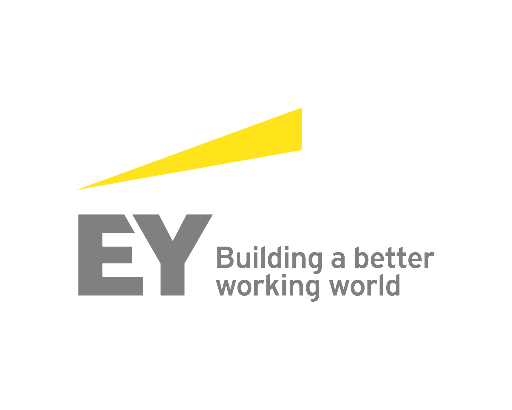- Northern Ireland forecast to grow by 5.3% in 2022 and 2.1% in 2023
- Strong labour market performance reflects policy support and business resilience, but presents recruitment challenges for firms
- Rising prices persist – inflation is forecast to be 3.6% in 2022 and expected to settle on a medium-term rate of 2.1
Belfast, 10 December 2021: Northern Ireland’s economy ends 2021 on a stronger platform for growth than was projected, despite the economic and societal headwinds of the past 21 months, according to EY Ireland’s Economic Eye report. The remarkable labour market performance reflects a combination of swift policy response and a resilient and adaptable business base. However, the sustained high COVID-19 case levels, rapidly rising inflation, a tight labour market and the reintroduction of restrictions on hospitality and travel present strengthening headwinds for the remainder of Q4 and into the new year.
The ingenuity and resilience demonstrated by businesses across the island of Ireland will be required again as further challenges emerge in 2022. A combination of rising prices, talent shortages, a need to move more urgently on environmental matters and the persistence of COVID-19 suggest economic growth will be hard-earned.
Commenting on the report EY Ireland Chief Economist, Professor Neil Gibson said, “The economic data for the third quarter of this year suggests a labour market that has held up remarkably well, with stronger than expected outturns across many key indicators. This was possible through a strong policy response, adaptability of businesses and a resilient workforce. However, the current trajectory of the pandemic means that uncertainty levels are higher than anticipated heading into the new year.”
The performance of the labour market is perhaps the most notable feature of the pandemic recovery, with Northern Irish employment just 3% lower than pre-pandemic levels based on the latest Labour Force Survey data. However, there are signs that the labour market composition has changed with a sharp fall in the number of self-employed people in contrast to an increase in employee jobs. Combined with data on wage levels and vacancies, it paints a competitive picture for firms in 2022.
The headwinds of prices and labour shortages are partly a function of the resilience of the all-island economy, but they are likely to dampen growth somewhat. EY expects UK inflation to average 3.6% in 2022, and to revert to a medium-term trend of 2.1% thereafter.
In a higher inflation scenario, EY projects inflation of 4.9% in 2022 and a long-term rate of 3.3%. This scenario assumes the recent trend of elevated prices continues into the first half of 2022, with sustained wage inflation, higher energy prices and an increased cost of consumer goods due to new standards and policies. In both cases, businesses will need to constantly review and adapt their supply chains as they react to ongoing pandemic disruptions and a rising price environment.
Michael Hall, Managing Partner, EY Northern Ireland commented, “The business landscape has changed irrevocably due to the COVID pandemic, but attracting and retaining the right talent still dominates as the top business issue. Businesses will need to continue to innovate and look at new ways of engaging top talent, which could mean offering different types of contracts, blended working locations and a greater focus on values. Wage pressures will likely increase over the course of the new year as the labour market tightens further and employees gain more choice so creativity and ingenuity will be key to success.
“In addition to talent and pricing, ESG concerns are high on the business agenda and value led sustainability strategies present organisations in Northern Ireland with new potential opportunities. When implemented in the right way these strategies can reduce costs, improve efficiencies, and enhance a company’s brand, making it more attractive to investors, customers and employees, something that cannot be ignored in today’s environment.”
While the overall economic picture is one of a bounce back, the experience of the pandemic has been vastly different across various cohorts of society. In particular, the hospitality and arts sectors face sustained job and business uncertainty due to the nature of the virus. The current period of sustained high inflation will also impact those on lower incomes disproportionately as staples such as food and fuel become less affordable.
Sustained high levels of uncertainty make it increasingly important for businesses to scenario plan to ensure they are equipped to deal with a broad range of outcomes. Perhaps it is time to ask whether many long-held macro assumptions are still valid. Will inflation and interest rates be forever low, will labour always be readily available, and will governments always be able to borrow what they need to support the economy? However broad and deep the risk register, we will always need the flexibility, agility, and resourcefulness to pivot and deal with the unforeseen.
Neil Gibson added, “A key lesson from the last 21 months is that many long-held macroeconomic assumptions are now open to challenge. The economic environment is changing, and we cannot assume tomorrow looks, or behaves, like yesterday. For this reason, it is important to celebrate success when it comes and use the skills and resilience built up to help turn challenges into catalysts for growth.”


